MIDDLING Walk – Cambo and Coast
3 Jan 19
9 MIN READ TIME
04 April 22
History & heritage
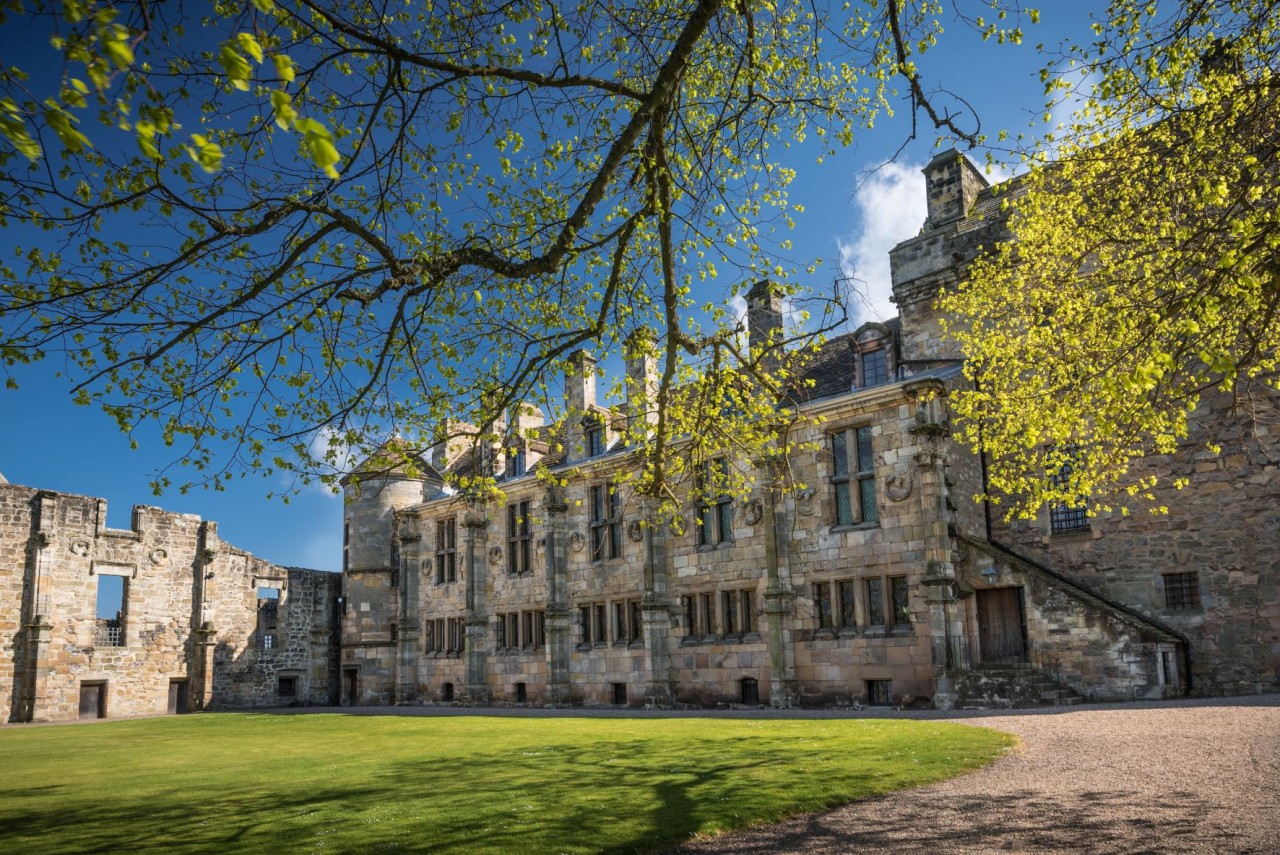
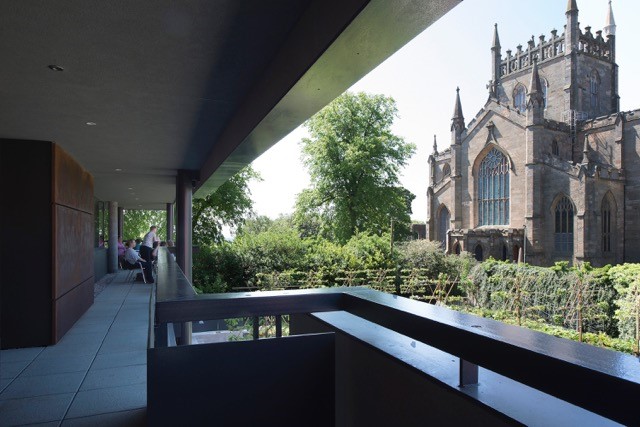
The stunning wedding dress which the late Queen Elizabeth II wore when she married Philip Mountbatten in 1947 was made from the finest silk, which had been woven at Wintherthur Silk Mill in Dunfermline.
The commission was shrouded in secrecy and young mill worker Barbara Unwin only discovered she’d woven the oyster-coloured silk for Princess Elizabeth’s wedding dress when she received an invitation to the Royal Wedding!
Barbara’s colleague, Isa Erskine, the ‘warper’ who had set the loom up, was also invited and, in honour of the occasion, the mill girls were each given a length of powder blue silk by their boss. Barbara and Isa made the silk into identical dresses which they wore to the Royal Wedding – and then to every possible occasion!
Barbara, who later donated her invitation and order of service to Dunfermline Carnegie Library and Galleries, had a fabulous time at the Royal Wedding with Isa. However, Barbara also revealed that, as their seats were at the back of Westminster cathedral, she had to fight the temptation to stand on her seat to get a good look at the Princess’ wedding dress, made from the silk she’d woven in Dunfermline.
To discover more about Dunfermline’s fascinating industrial heritage, including the weaving industry, pop along to Dunfermline Carnegie Library and Galleries
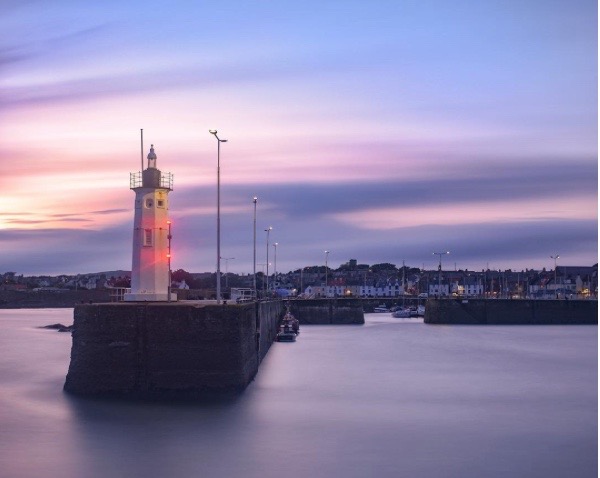
Once upon a time, a beautiful Tahitian princess fell in love with a wealthy merchant. When her husband died, the princess married his business partner and they moved from the South Pacific to Fife where, by all accounts, they lived happily ever after.
It may sound like a fairy tale but, in 1892, Princess Titaua Marama of Tahiti arrived in Anstruther with her second husband, George Darsie, along with their two children and three of her children from her marriage to the afore-mentioned wealthy merchant.
George Darsie and Princess Titaua moved into Johnston Lodge, a grand mansion with views over the rooftops to Anstruther Harbour and the sea. The Tahitian princess soon settled into life in Anstruther and, apparently, was happy in the Fife fishing village. However, the fairy tale came to a sad end when Princess Titaua died at the age of 56, only six years after moving to Johnston Lodge.
Look out for the Historic Environment Scotland blue plaque commemorating the link between Tahitian royalty and Anstruther on the wall of Johnstone Lodge, which is in Hadfoot Wynd. And take a walk around the town’s St Adrian’s Church, the final resting place of Princess Titaua, who, as her pink granite headstone reminds us, ‘married a Fifer and came 10,000 miles across the world and ended her days in Anstruther, on the shores of the cold and stormy North Sea.’

Before Edinburgh fell heir to the title in 1437, Dunfermline was the capital of Scotland. In the mid-11th century, King Malcolm Canmore decided to move his Royal Court from Forteviot in Perthshire to Dunfermline and Malcolm’s Tower, the remains of which can still be seen in Pittencreiff Park.
With its favourable position near the River Forth, Dunfermline quickly became a favourite with Scotland’s royal family and, as a result, was acknowledged as Scotland’s Seat of Power for 300 years.
Several kings and queens were born in Dunfermline, including the majestic Dunfermline Palace, which is now in ruins but remains an impressive reminder of the town’s regal history. And at least 11 Scottish kings and queens were buried in Dunfermline Abbey, including King Malcolm’s wife, Queen Margaret, and Robert The Bruce.
To discover more about Dunfermline’s royal status, explore the town’s Heritage Quarter, where many of the buildings date back to early medieval times, when Dunfermline was the home of Scotland’s sovereigns and the country’s political powerhouse.
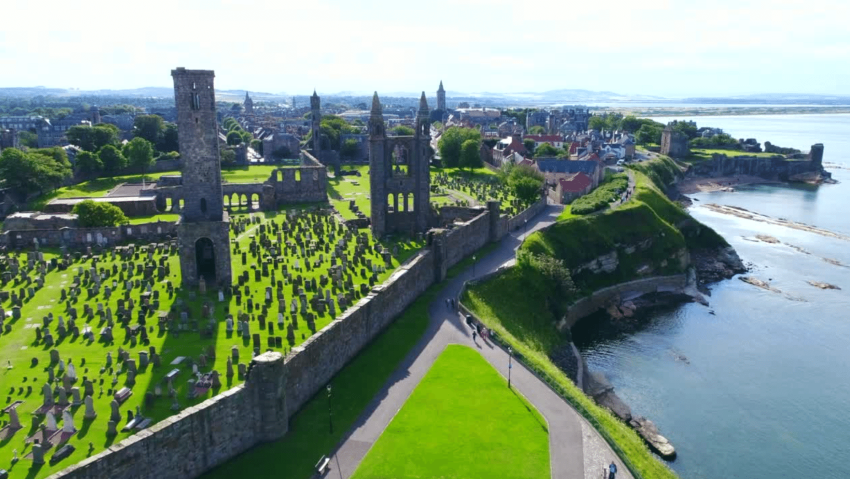
St Andrews is world-famous for golf, for learning – and for royal romance!
The Prince and Princess of Wales met when they both moved to St Andrews in 2001 to study at the world’s oldest university. The two students lived in the same halls of Residence – St Salvatore’s - but, apparently, Prince William only noticed Katherine Middleton when she modelled a sheer dress at a charity fashion show in a St Andrews hotel.
From then on, the couple were regularly spotted on dates around the town – after being very discrete about royal visits at the time, several coffee shops and cafes in the town now proudly proclaim their Wills & Kate dating connection. The couple later moved into a shared house in the centre of St Andrews before living in a cottage on the outskirts of the town, which they also shared with friends.
In 2005, Kate and William graduated from St Andrews University and six years later, they married and became the Duke and Duchess of Cambridge. The couple made an official return to St Andrews in 2021, when they tried land yachting on St Andrews West Sands, where William used to surf between studies.
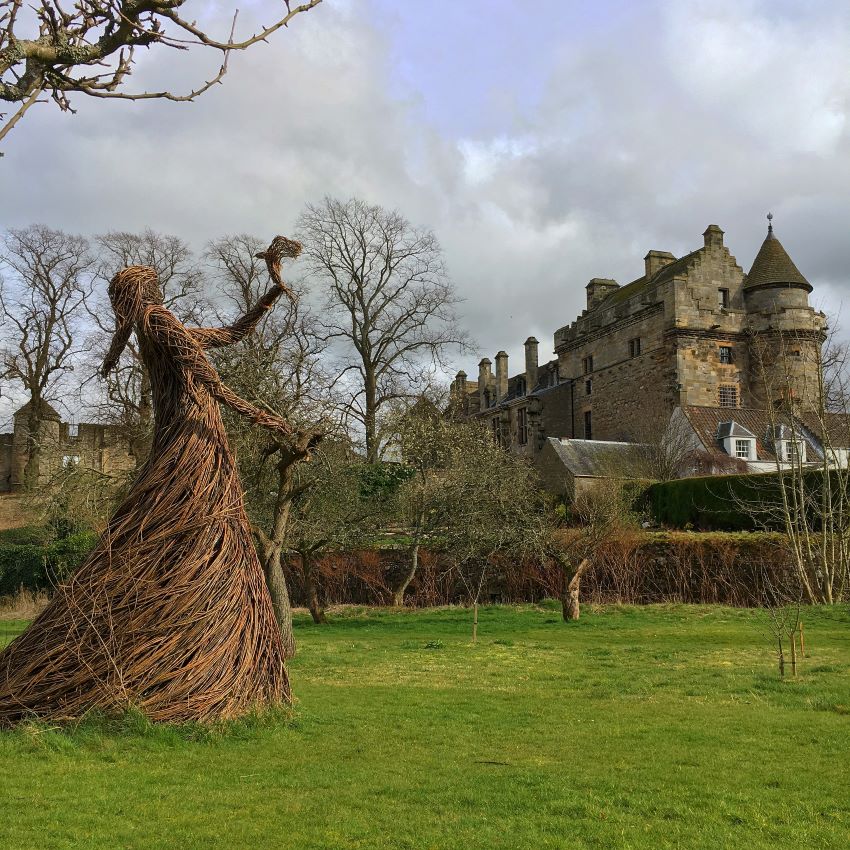
Falkland Palace was Mary Queen of Scot’s favourite residence. Designed as a Royal Pleasure Palace by Mary’s parents, on her return from France to claim the Scottish throne, the young queen spent as much time at Falkland Palace as she could.
Mary loved to be outside and, for the first four summers of her reign, she made the most of Falkland Palace’s large hunting park, extensive gardens, royal tennis court – and the freedom provided by the Fife countryside
A keen and highly-skilled horsewoman, Mary Queen of Scots rode all over Fife. In 1561, she rode from Falkland Palace, to Earlshall Castle near Leuchars, which had recently been built by the Earl of Fife. Mary went hunting in the castle grounds, which now house spectacular gardens, before enjoying the Earl’s hospitality and returning to Falkland Palace the next day.
One of the Queen’s favourite horse rides was to go over the hills to the Fife coast to the Wemyss family’s clifftop home, Wemyss Castle. On one of her visits to Wemyss, Mary was reunited with a tall, charming man who she’d last seen when they were both children in the French Court - Henry Stuart, Lord Darnley.
The meeting at Wemyss Castle sparked a volatile love affair between Mary and Lord Darnley – and triggered a chain of events which ultimately led to the tragic Queen’s execution.
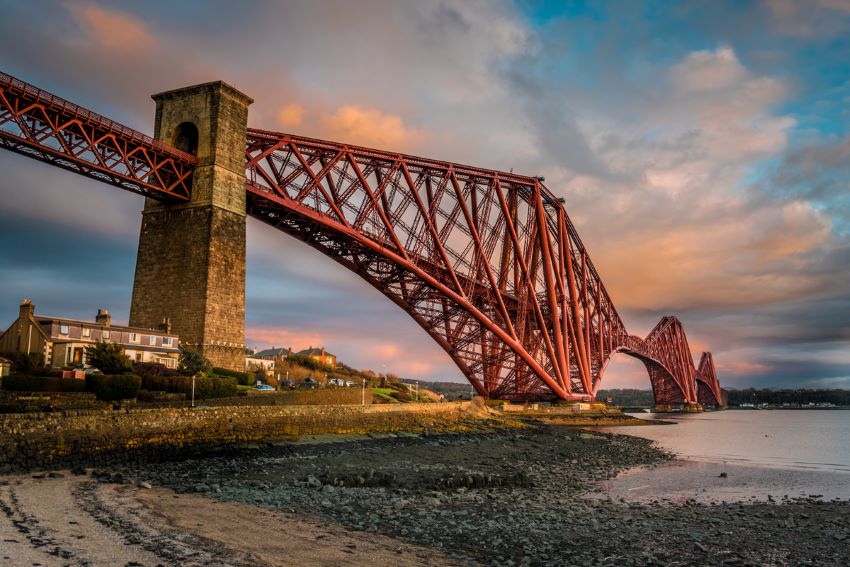
The iconic Forth Bridge was opened on March 4, 1890 by the Prince of Wales, who would later become King Edward VII. At the opening of the Forth Bridge, the Prince of Wales hammered a gold-plated rivet into the steel work, the last of the 6.5 million (non-golden!) rivets required to build the Forth Bridge.
Building this engineering masterpiece cost £3.2 million, required a workforce of 4,600 men and used 53,000 tonnes of steel. Today, the Forth Bridge is famous all over the world, takes 200 trains across the Forth every day and is one of UNESCO’s World Heritage Sites.
On September 4, 1964, Her Majesty The Queen officially opened the Forth Road Bridge, replacing the hard-pressed ferry service across the Forth with a much-needed road link between Edinburgh and Fife. At the time, the Forth Road Bridge was the longest suspension bridge in the world and cost £19.5 million.
Over fifty years later, on August 30, 2017, the Queen returned to the banks of the River Forth to open the Forth Road Bridge’s replacement – The Queensferry Crossing. Costing £1.35 billion and named by a public vote, the Queen described the Queensferry Crossing as a “Magnificent site”.
“The three magnificent structures we see here span three centuries, are all feats of modern engineering and a tribute to the vision and remarkable skill of those who designed and built them," added The Queen, as she opened the third of the three Forth Bridges.